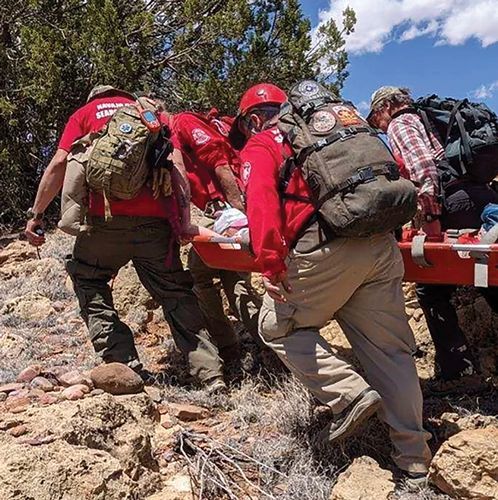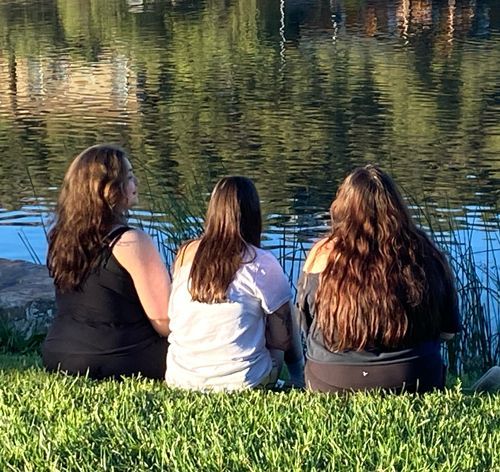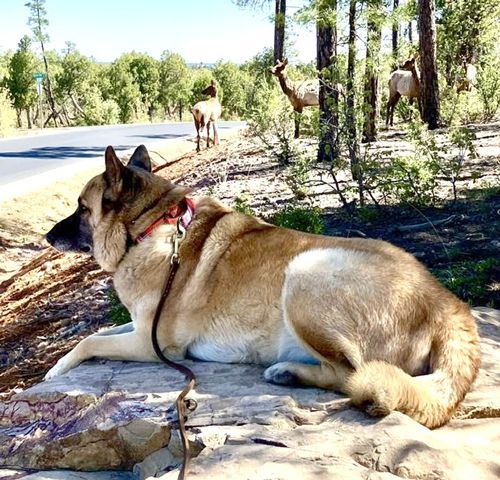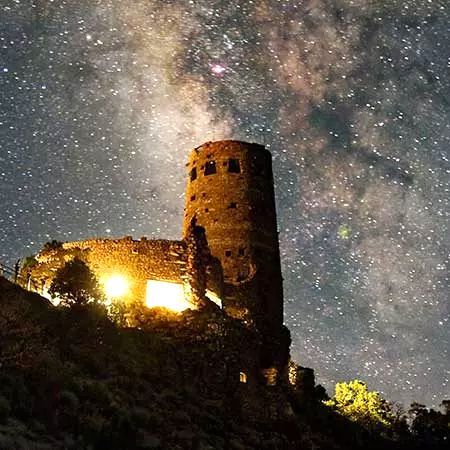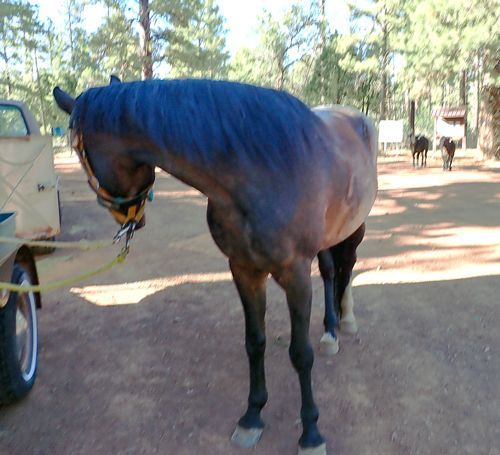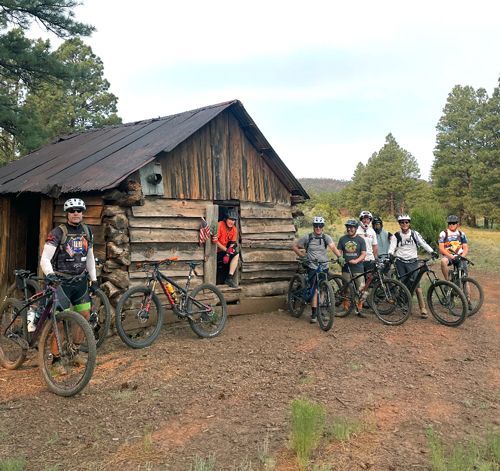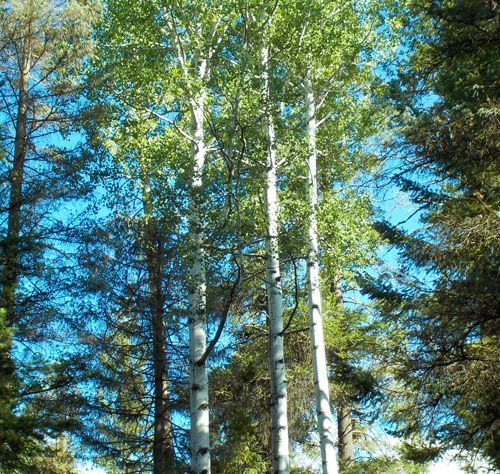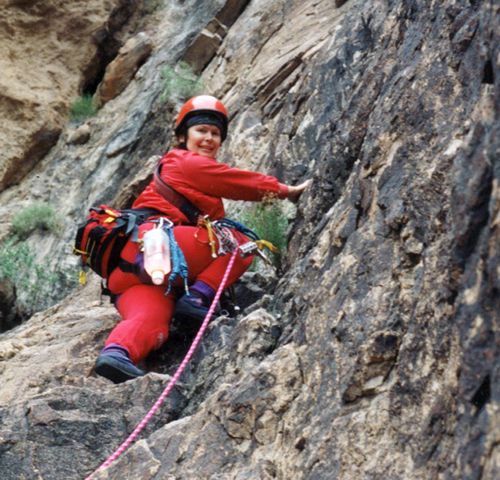The Best Snow Dance Invented!
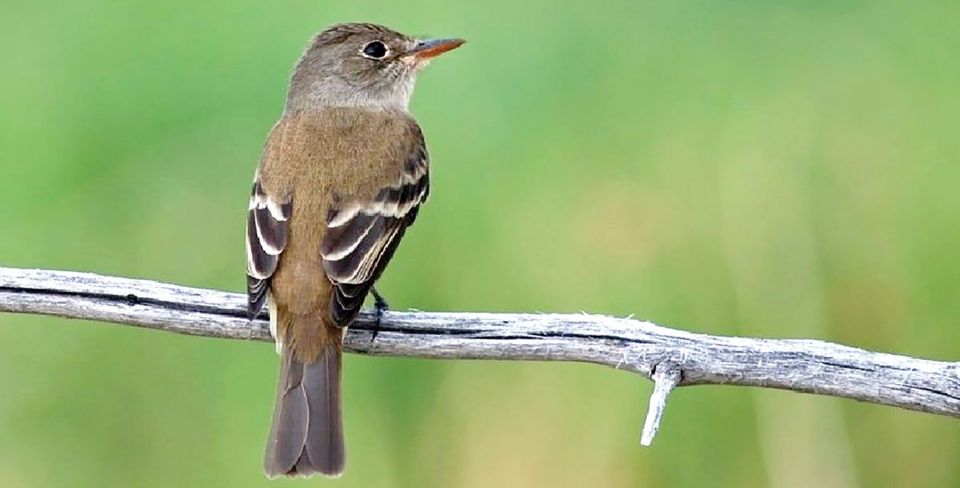
It sure is hard to think of winter without any snow. No snow means no skiing, shoeing, animal tracking, sledding, drifting, snowman making, snowball fights, snow fort construction and, worst of all, no shoveling long driveways!!!!
So, what would happen if we all started planning on spring activities right now? Reverse weather psychology would say that it should then start snowing like crazy and winter would drag into May. Wouldn’t that be nice! Maybe not for everybody but wouldn’t that be an interesting change?
So, let’s start planning for spring already! Spring in the White Mountains for outdoor enthusiasts means an abundance of migrating and breeding birds, thanks to our diverse and usually well-watered habitats (at least compared to the rest of the state!).
Many folks have the desire to get involved with helping -- or studying -- birds in Arizona but may need just a little help in getting started and skipping some steps to see some cool birds. With a few tips on locations and times, a beginning birder still has a chance to see some unique and amazing wildlife.
By getting involved in an organized birding program, especially if you consider yourself an experienced birder, you can also help add to our knowledge of Arizona’s birds by conducting official surveys and submitting your data. Even if you don’t have any birding experience but enjoy the outdoors and want to learn more about local birds, making contacts with local biologists and citizen birders is a great way to break the ice.
One way to get involved with some exciting birding opportunities in the White Mountains is to participate in the Arizona Bird Conservation Initiative, otherwise known as ABCI (Abb-see). Actually, ABCI is active throughout Arizona so. if you are a visitor to the Mountain and want to become involved back in your hometown, just sign up with your email and the local group will contact you.
These ABCI groups include new birders from the general public, experienced birders, Game and Fish, Forest Service and Fish and Wildlife biologists, as well as landowners and managers who want to help manage birds through cooperative efforts. With Covid-19 precautions, many activities in 2020 were postponed so, hopefully, with enough volunteer help, bird survey work can catch up in 2021.
The ABCI group covers almost every type of bird out there so everybody should be able to find something to get involved with. From songbirds to raptors, waterfowl to nightjars, this group has something going on almost year-round, although most of the work is done in the spring and summer. Surveys and other cooperative activities will be planned during the annual spring meeting, open to anybody interested.
This year’s meeting will be held virtually over the internet but if anybody needs a place to log in or watch on a big screen in a physically distanced setup, you can call (928) 532-2308 and request a seat, as reservations will be needed. With proper physical distancing, the hope is to limit social distancing and encourage conversation and participation.
So, what kind of bird work does ABCI get done? Since wildlife agencies depend on the most current data to make decisions, bird surveys can contribute quite a bit and are very helpful. Intensive surveys are conducted along creeks, streams and lakes for songbirds, waterfowl and eagles.
Callback surveys, where a recording of the bird being surveyed is played by the surveyor in attempts to elicit a jealous or defensive response by any local territorial males, are used for rare and uncommon species like willow flycatchers, hawks, owls and yellow-billed cuckoos. Training and permits are required to survey some rare species but information is available through ABCI.
Did you say that marshlands and other wetlands areas are more your preferred habitats? Call-back surveys -- as well as just listing all of the birds you see and hear -- are important methods to document marsh birds like sora and Virginia rails that stay hidden amongst the thick vegetation and don’t fly around like songbirds or float around like ducks and other waterfowl.
Many of the historical bird counts -- like the Christmas Bird Count and the Breeding Bird Survey -- are very valuable in providing historical data to compare populations trends over a longer period of time. However, these surveys tend to miss counting some bird groups, like the ones who nest in large groups, taking over groves of trees with their large stick nests, such as the great-blue herons, cormorants and black-crowned night herons. These colonial nesters can be seen near lakes like River Reservoir at Greer or Telephone Lake north of Show Low.
These traditional surveys also miss many nocturnal species, since the routes are run during the daytime. ABCI surveys also include documenting an apparent drastic decline in birds like common nighthawks, whippoorwills, poorwills and other nightjars. These are the groups of birds doing their best impressions of bats -- without the advantage of echo-location to find bugs -- that you sometimes see hunting under the Friday night lights of local football stadiums.
ABCI programs also support other bird conservation initiatives, like building, erecting, monitoring and maintaining kestrel and bluebird boxes. The bluebird boxes are super easy to build and watching pairs raise a family of chicks might just take the edge off of being physically isolated from others for maybe another spring season. The kestrel boxes require climbing a ladder to mount them up high enough on a tree or a post but any chicks raised will use the box and local trees all summer long and maybe put a dent in the local grasshopper and mouse population.
Bluebirds and kestrels both live in some of the more open habitats in our area where other interesting birds may be nesting but information is lacking. A daylight active owl, the burrowing owl, is also found -- but in small numbers in open grasslands -- while the marsh hawk, or harrier, has a face that looks like an owl but is a daylight active hawk that makes its nest on the ground in thicker, wet meadow vegetation.
If you are interested in becoming more involved with the Arizona Bird Conservation Initiative, just email the state coordinators at E.Juarez@azgfd.gov, or T.Corman@azgfd.gov, and mention where you want to become involved or leave a message at (928) 532-2308. Thanks!

